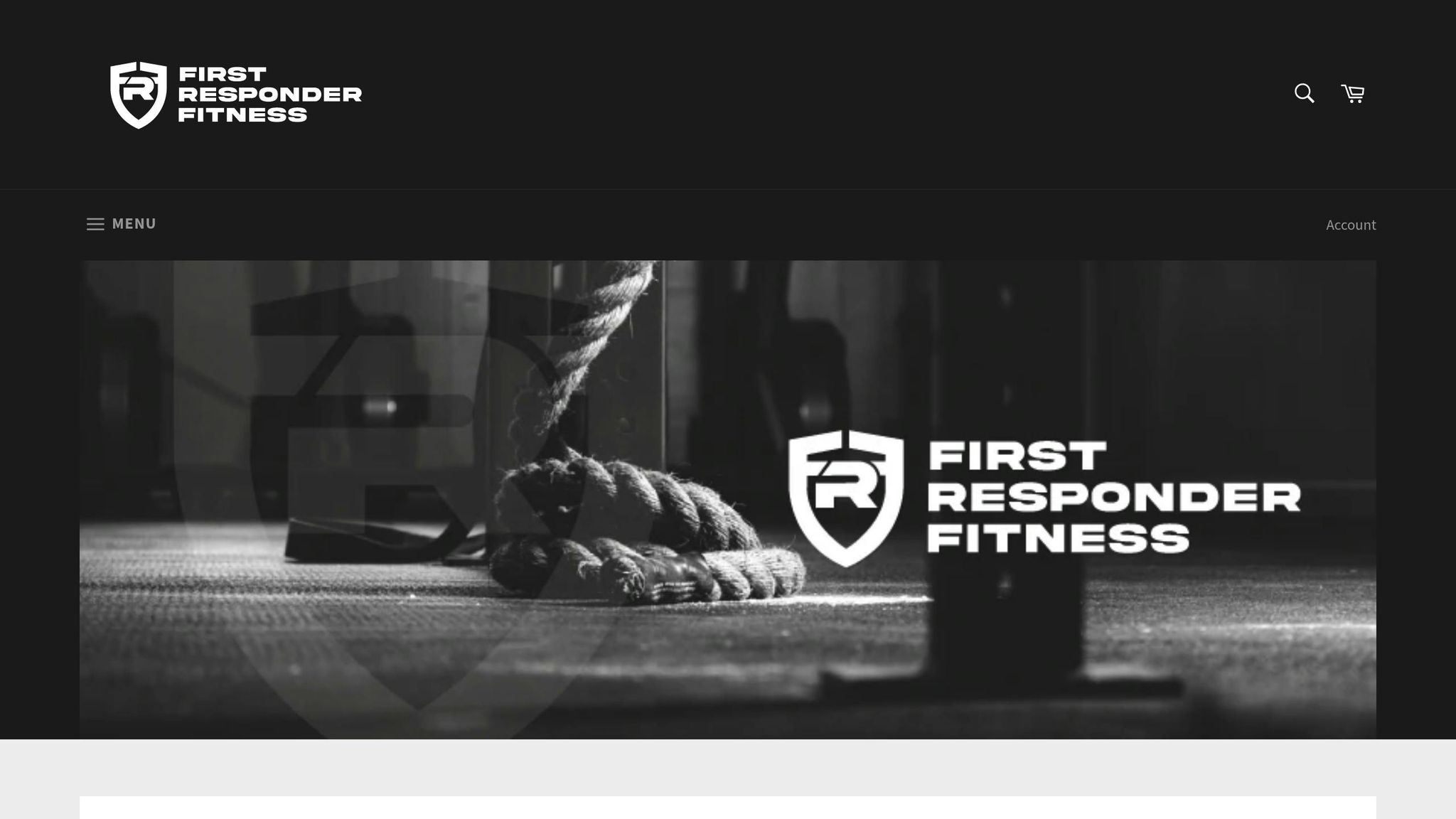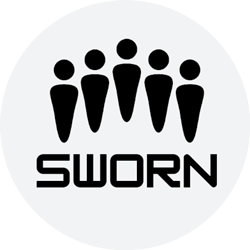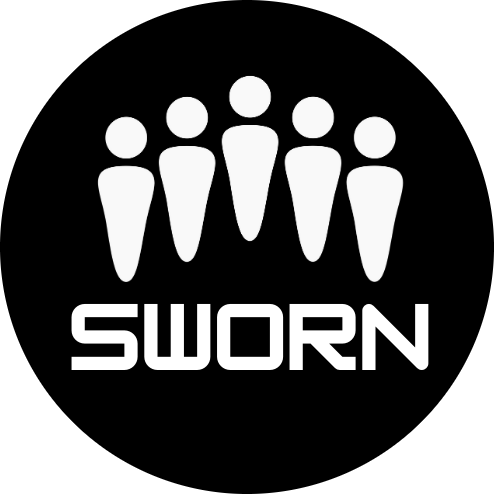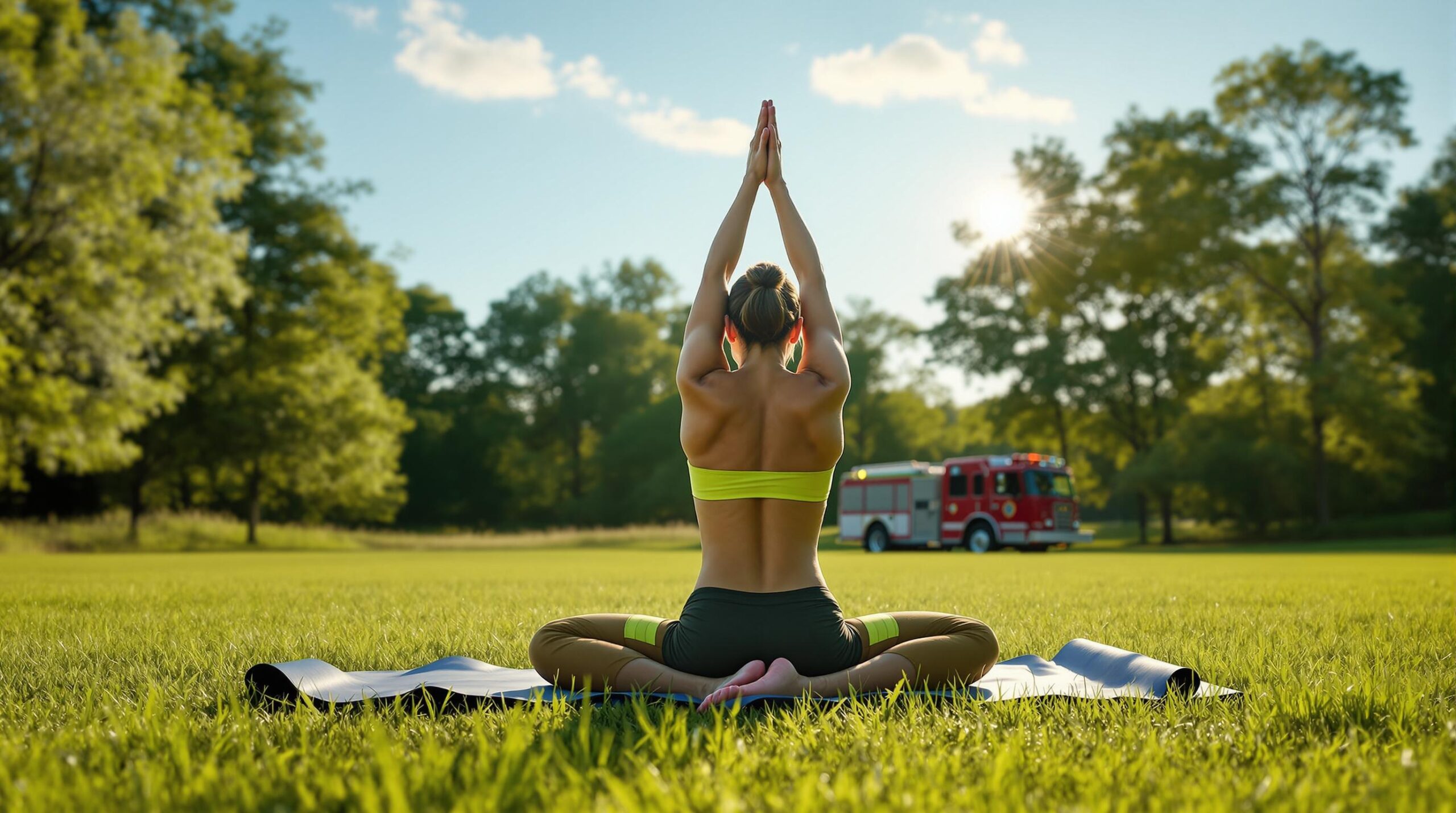First responders face intense physical and mental stress daily. This can lead to higher risks of heart disease, PTSD, and burnout. Active recovery – gentle, low-intensity movement – can help improve heart health, mental well-being, and physical readiness. Here are 7 simple recovery techniques to keep you healthy and prepared:
- Light Walking (15–20 min): Boost circulation and reduce stiffness.
- Mobility Drills (5–10 min): Prevent joint stiffness with arm circles, hip circles, and trunk twists.
- Foam Rolling (10–15 min): Relieve muscle tension and soreness.
- Yoga (20–45 min): Improve flexibility and reduce stress.
- Low-Impact Exercise (15–20 min): Swim or cycle to stay active without strain.
- Breathing Exercises (5–10 min): Calm your mind and reduce stress with controlled breathing.
- Recovery Timing: Do these after shifts, during breaks, or on rest days.
For personalized recovery plans, tools like SWORN.ai use biometric data to suggest the best timing, intensity, and techniques for your needs. Start small – like a 5-minute walk – and gradually add more activities to your routine.
FRF Recovery Workout for First Responders

What Active Recovery Does
Active recovery involves low-intensity movement designed to boost blood flow, aid in healing, and ease fatigue. This is especially important for first responders, who often face sudden, intense physical demands.
Active vs. Passive Recovery
Active recovery focuses on gentle movement to promote circulation and healing, while passive recovery emphasizes complete rest with little to no activity.
| Recovery Type | What It Involves | Best For |
|---|---|---|
| Active | Light activities (30–60% intensity), controlled movements, dynamic stretches | Between shifts, after moderate exertion, or during training |
| Passive | Full rest, sleep, minimal physical activity | Recovery from injuries, extreme fatigue, or heavy physical strain |
Why It Matters for First Responders
First responders often deal with higher rates of heart disease and mental health issues compared to the general population. Active recovery plays a key role in addressing these challenges.
-
Heart Health
Gentle movement helps support cardiovascular health and lowers the risk of heart-related incidents. -
Mental Well-Being
Combining movement with mindfulness can improve emotional health and ease symptoms of PTSD or depression. -
Physical Preparedness
Staying mobile and maintaining muscle function ensures readiness for the sudden physical challenges of the job.
Up next: seven active recovery techniques tailored for first responders, both on and off duty.
7 Recovery Methods That Work
These methods focus on improving blood flow, easing movement, and helping you reset physically and mentally.
Light Movement and Walking
A 15–20 minute walk can help increase blood circulation, reduce stiffness, and clear out waste products from your muscles.
Simple Mobility Drills
Try these quick exercises during breaks to keep your joints moving:
- Arm circles: 10 reps in each direction
- Hip circles: 8–10 reps in each direction
- Ankle rotations: 10 reps per foot
- Trunk twists: 8–10 reps on each side
Foam Rolling Guide
Spend 30–60 seconds on each muscle group:
- Quadriceps: Use long, smooth strokes
- Lower back: Small, controlled motions
- Calves: Roll from ankle to knee
- IT band: Lie on your side and apply gentle pressure
Basic Yoga and Stretches
Incorporate these poses to improve flexibility and relax:
- Standing Forward Bend: Hold for 30 seconds with bent knees
- Child’s Pose: Stay in the pose for 1–2 minutes
- Cat–Cow Stretch: Do 8–10 slow repetitions
Low-Impact Exercise Options
Spend 15–20 minutes swimming or cycling at an easy pace, focusing on smooth and controlled movements.
Breathing and Mental Reset
Follow this breathing technique to calm your mind:
- Inhale for 4 counts
- Hold your breath for 4 counts
- Exhale for 6 counts
- Repeat 5–8 times
When to Do Recovery Work
- After work: Within 30 minutes of finishing your shift
- During breaks: Take 5–10 minutes for quick resets
- On rest days: Dedicate 20–30 minutes to recovery activities
Next: How SWORN.ai uses real-time data to personalize these recovery strategies.
sbb-itb-aa48905
Using SWORN.ai for Recovery

Here’s how SWORN.ai tailors recovery strategies to fit your needs:
SWORN.ai combines real-time biometric data and workload insights to create recovery plans that focus on the best timing and techniques for you.
Biometric Monitoring
By connecting with wearable devices, the platform tracks key metrics like heart rate and movement. This data helps assess your recovery needs and measure progress over time. You can see how you’re improving and fine-tune your wellness routine as you go.
Tailored Recommendations
SWORN.ai uses your biometric and workload data to offer customized advice on:
- Timing: Pinpoints the best recovery periods
- Intensity: Suggests appropriate activity levels
- Duration: Recommends session lengths
- Technique: Matches methods to your specific needs
Actionable Insights
The platform provides practical self-care tips and recovery strategies to keep you on track with your wellness goals.
Real-Time Adjustments
SWORN.ai continuously analyzes your workload and incident data to refine its recommendations, ensuring they stay relevant as your needs evolve.
Take these strategies and seamlessly incorporate them into your routine for better recovery.
Recovery Methods at a Glance
Below is a quick overview of recovery methods, including how long they take, what equipment you’ll need, and their main benefits for first responders:
| Recovery Method | Duration | Equipment Needed | Benefits |
|---|---|---|---|
| Light Walking | 15–30 minutes | Comfortable shoes | • Boosts blood flow • Eases muscle tension • Supports low-impact cardio health |
| Simple Movements | 10–20 minutes | None | • Keeps joints mobile • Prevents stiffness • Can be done anywhere |
| Foam Rolling | 10–15 minutes | Foam roller | • Relieves muscle knots • Improves flexibility • Eases post-shift soreness |
| Basic Yoga | 20–45 minutes | Yoga mat (optional) | • Enhances flexibility • Lowers stress • Improves balance and stability |
| Low-Impact Exercise | 20–30 minutes | Light weights (optional) | • Helps maintain fitness • Encourages active recovery • Supports heart health |
| Breathing Exercises | 5–15 minutes | None | • Reduces stress • Sharpens mental focus • Benefits heart health |
Tips for Getting Started:
- Start with the shortest duration for each method and gradually increase as you feel comfortable.
- Combine different methods to match your daily workload and recovery needs.
- Focus on techniques that address the physical demands of your role.
For a personalized approach, use your SWORN.ai plan to integrate these recovery methods into your schedule. Consistent active recovery is crucial for managing the heightened physical and mental health risks faced by first responders.
Conclusion
Take another look at the seven active recovery methods mentioned earlier to make these practices part of your routine. Active recovery helps first responders maintain their performance despite the physical and mental challenges they face daily. Focus on the techniques that align best with your shift schedule and the demands of your job.
Incorporate brief sessions – like 15 minutes of foam rolling or breathing exercises – into your shifts. Start with small steps, such as five minutes of walking or focused breathing, and gradually work up to activities like yoga or foam rolling. For tailored recovery strategies, check out "Using SWORN.ai for Recovery."





